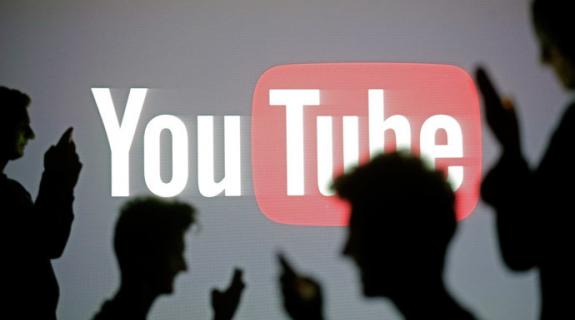The dominoes continue to fall as more and more platforms race toward opening up new monetization models for creators while carving up premium video content on the Web.
The latest? YouTube announced it’s going to start offering an ad-free subscription service where fans can pay for content monthly.
In the announcement, YouTube stated:
“We’re excited to build on this momentum by taking another big step in favor of choice: offering fans an ads-free version of YouTube for a monthly fee. By creating a new paid offering, we’ll generate a new source of revenue that will supplement your fast growing advertising revenue.”
YouTube made a smart move and everyone really wins here. The rising tide lifts all ships, and this is another win for both consumers and creators alike. We’ve already seen HBO announce its OTT service, and news from Vessel and Apple’s TV ambitions have thrown gasoline on the fire of premium video content.
Creators get the paper
For creators, this opens up the ability to build out a deeper monetization structure for their content. There are more options than ever before for a creator to intelligently make consistent money by producing content on various platforms.
It has only been recently that creators have been able to break out new revenue streams by monetizing the consumption of their content, in the same way that you might look at, say, cable TV. Only this time, there’s options to syndicate content in multiple places depending on the audience.
With the new subscription service, YouTube will pay out 55 percent of a percentage of subscription plans that view a creator’s content. So basically you get 55 percent of whatever fraction of a total subscribers views are actually attributed to the creator.
This incentivizes creators to continue to produce compelling content for their audiences. More subscriptions = more potential viewers = more $$$.
But no, no, no - creators don’t just have to stop there. Vessel offers 60 percent share of subscription revenue and a 70 percent share of advertising revenue (compared to the 55 percent that YouTube currently offers). That’s offered up to release content BEFORE it hits YouTube.
So if you’re a creator, you’re making money in two places just by focusing on one great content series and developing new audiences by their accessibility.
Vessel may offer better revenue share, but lacks a true OTT app. YouTube is already built into so many OTT devices already, like Apple TV, Roku and Amazon Fire TV in addition to pretty much being ubiquitous everywhere. Combining a release schedule across multiple platforms can rack up views and dollars.
So yeah, creators have options. Play the game smart, get paid.
The Rising Tide
YouTube wins because it incentivizes creators to continue producing content on its channels, and that’s crucial to YouTube staying relevant in the battle for premium video.
But it’s not just about retaining great talent, there are other forces at work. The ratio of cost for production with these YouTubers (and other social influencers) compared to the audiences they reach is comparable to your average cable TV program. YouTube is continuing to beat other platforms to the punch at attracting this lower-cost talent, maximizing their revenues.
As a result of these revelations, we’ll see more and more major legacy media companies like Viacom try desperately to break into the creators’ market.
In addition to the (generally) lower production costs, there’s working social proof and validation of ideas in real time.
It’s simple. Jennifer Aniston does not engage with her fans regularly in the same way Michelle Phan or even Chris Hardwick from Nerdist (and @midnight) does.
This is the benefit of the #CreatedWith Economy. Shows’ creators have the ability harness the power of the various social media platforms to increase audience engagement and acquisition by empowering fans to be evangelists, embracing that human to human (#H2H) concept and creating a real content-driven relationship together
As we’ve said before, the media landscape continues to evolve, and technology is shifting towards not a trend of cord-cutters, but savvy consumers with appetites for serialized content on their own terms. “Maximum a la carteness,” the ability to pick and choose shows, not networks.
When video becomes more accessible anytime one desires, and consumers seek to pick and choose what content they watch and when they watch it, there’s going to be a demand for greater content with people who have a persona outside of the TV screen. Those people are the new social influencers.
Strap on your seatbelt, it’s about to be a wild ride as more and more companies join the OTT fray.

New York City-based BRaVe Ventures —founded by David Beck, Jesse Redniss and Gary Vaynerchuk—works across the entertainment and technology ecosystems to advise, accelerate, invest and incubate business opportunities. Redniss is a member of the PromaxBDA Board of Directors. Follow BRaVe on Twitter @WeAreBRaVe.
Tags:













































__twocolumncontent.jpg)











